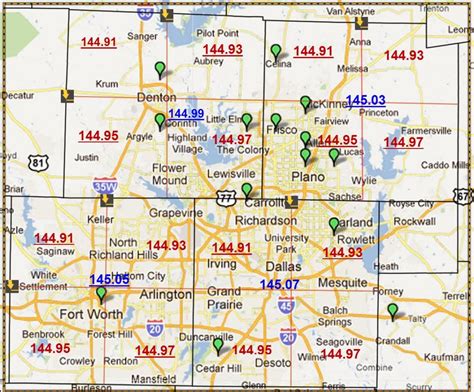Discover the history, importance, and boundaries of Dallas, TX zip codes. Find population data and maps and understand the postal zip code system online.Are you curious about the zip codes of Dallas, Texas? Understanding zip codes plays a significant role in our everyday lives, from receiving mail to conducting business. In this blog post, we will provide an in-depth overview of Dallas, TX zip codes, including their history, format, boundaries, and population data. We will also explore the importance of zip codes and how they contribute to the efficiency of the postal system. Additionally, we will discuss the various ways of finding zip codes online and the availability of zip code maps. Whether you’re a resident of Dallas or simply interested in learning more about zip codes, this post will equip you with valuable insights into the zip code system and its relevance to the community. Join us as we delve into the fascinating world of Dallas, Texas zip codes.
Understanding Zip Codes

Zip codes are a vital part of every address in the United States. They were created by the United States Postal Service in 1963 to make mail delivery more efficient. Each zip code represents a specific area, and with over 42,000 zip codes in the country, it’s essential to understand how they work.
When you input a zip code into a website or form, it helps to pinpoint your exact location, streamlining the delivery process for mail and packages. Without zip codes, the postal service would have a much harder time organizing and delivering millions of pieces of mail every day.
In addition to aiding in the delivery of mail, zip codes also play a role in demographic analysis, as they can provide insight into the population and distribution of people in various areas. Moreover, businesses use zip codes for marketing and targeting specific geographic regions.
Understanding the zip code system is crucial for ensuring the success and efficiency of mail delivery, as well as for businesses and organizations looking to reach specific demographics. It’s a simple yet essential part of our everyday lives, shaping how we communicate and connect with others.
Dallas TX Zip Code Overview
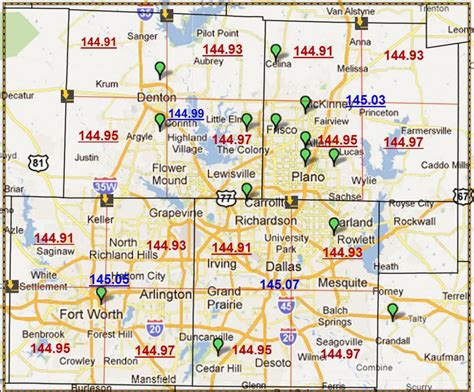
When it comes to understanding the zip codes in Dallas, Texas, it is important to have an overview of the different zip codes that make up the city. Dallas is a large city with many neighborhoods and areas, each with its own unique zip code.
Zip codes are used by the postal system to efficiently route and deliver mail to specific locations. Each zip code represents a specific area, and knowing the zip codes for different parts of Dallas can be useful for mailing purposes, as well as for mapping and demographic analysis.
Here is a list of some of the main and most populated zip codes in Dallas, Texas:
- 75201 – Downtown Dallas
- 75204 – Uptown Dallas
- 75219 – Oak Lawn
- 75225 – North Dallas
- 75230 – North Central Dallas
These zip codes cover a range of different neighborhoods and communities within Dallas, and each one has its own unique characteristics and demographics. Whether you are a resident, a visitor, or simply interested in the zip codes of Dallas, having an overview of these zip codes can be valuable in various ways.
Additionally, understanding the zip codes of Dallas can also be beneficial for businesses, organizations, and institutions that need to identify specific areas for targeted marketing, logistics, or service provision.
History of Zip Codes
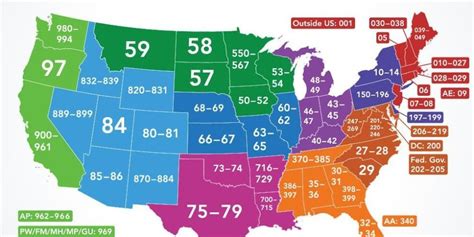
Zip codes have become an essential part of the postal system in the United States, but their history actually dates back to the early 1960s. The concept of organizing mail delivery by geographic location was first introduced by Robert Moon, an employee of the United States Postal Service. In 1963, Moon submitted a proposal for a zone improvement plan, or ZIP code, system to the USPS, leading to the implementation of the first ZIP codes on July 1, 1963.
The introduction of ZIP codes was a significant achievement for the USPS, as it allowed for more efficient mail processing and delivery. The five-digit codes were designed to facilitate the sorting and delivery of mail by identifying specific geographic areas. Over time, the ZIP code system has evolved to include additional digits for more precise location identification, further increasing the efficiency of mail delivery.
The implementation of ZIP codes brought about a significant change in the postal system and has since become an integral part of addressing for not only mail, but also for various other purposes, such as demographic analysis and geographic information systems. The history of ZIP codes represents a milestone in the modernization of the US postal system, with a lasting impact on mail delivery and geographic organization.
As the technology and communication continue to evolve, it is likely that the ZIP code system will continue to grow and adapt to meet the changing needs of the postal service and the population it serves. The history of ZIP codes showcases the innovation and progress that has shaped mail delivery in the United States and continues to have a lasting impact on the efficiency of the postal system.
Importance of Zip Codes
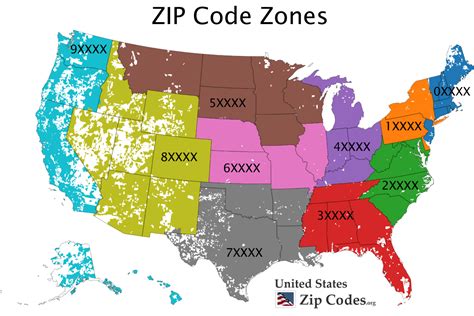
Zip codes are a crucial part of the postal system, playing a vital role in efficient mail delivery. These numeric codes help postal workers identify the precise location of the address, ensuring that mail and packages are delivered to the correct destination in a timely manner. Without zip codes, the process of sorting and delivering mail would be significantly slower and more error-prone, leading to potential delays and misdeliveries.
Additionally, zip codes are also used for various other purposes beyond mail delivery. They are commonly used in demographic analysis, marketing research, and geographical data collection. Businesses and organizations often rely on zip codes to target specific areas for marketing campaigns, conduct market research, and analyze customer demographics. Furthermore, zip codes are frequently used in government and public services to allocate resources, plan infrastructure, and distribute services based on geographical areas.
Moreover, zip codes play a crucial role in emergency response and public safety. Emergency services, such as police, fire, and medical assistance, use zip codes to locate and reach individuals in distress quickly. By accurately identifying the location of an emergency, zip codes enable rapid and efficient response, potentially saving lives and minimizing damages.
In essence, zip codes are of paramount importance in various aspects of daily life, ranging from mail delivery and business operations to emergency services and public planning. Their role in ensuring accurate and efficient geographical identification cannot be overstated.
Zip Code Format
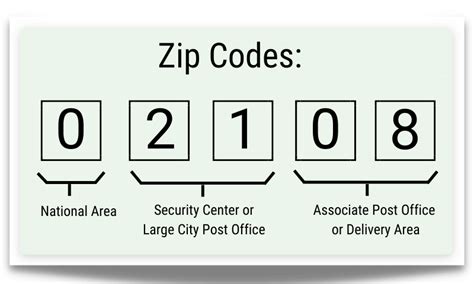
The zip code format in the United States consists of five numerical digits. This format was introduced in 1963 by the United States Postal Service to improve the efficiency of mail delivery. The first digit represents a group of U.S. states, the second and third digits represent a region within that group, and the fourth and fifth digits represent a more specific location, such as a post office or delivery area. This format allows for mail to be sorted and delivered quickly and accurately.
When writing addresses, it is important to include the correct zip code format to ensure that mail is delivered to the intended recipient. The use of the correct zip code format can also impact the speed and cost of mail delivery, making it important for both individuals and businesses to use the correct format when sending or receiving mail.
It is important to note that some locations, particularly high-population areas, may have extended zip code formats that include an additional four digits after a hyphen. These additional digits further pinpoint the location and can help to improve the accuracy of mail delivery.
Understanding the zip code format is essential for anyone who regularly sends or receives mail. It is a simple yet crucial element of the postal system that has a significant impact on the efficiency and accuracy of mail delivery across the United States.
Postal Zip Code System
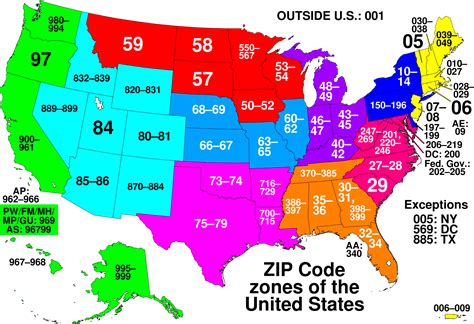
The postal zip code system is a vital component of mail delivery across the United States. It was introduced in 1963 by the United States Postal Service to improve the speed and accuracy of mail delivery. The concept behind zip codes is to divide the country into different geographical areas, each with its own unique code.
The zip code system consists of five digits, with an optional additional four digits for more precise location identification. This allows postal workers to efficiently sort and deliver mail to the correct destination.
When mailing a letter or package, the correct zip code is crucial for ensuring timely delivery. In fact, many businesses and organizations rely on accurate zip codes to reach their customers and clients. Without the postal zip code system, the process of sorting, routing, and delivering mail would be much more challenging and time-consuming.
Zip codes also play a critical role in demographic and statistical analysis. They are used to gather population data, track trends in mail volume, and plan for future infrastructure needs. Additionally, zip codes are often used in marketing and market research to target specific areas and demographics.
Overall, the postal zip code system has revolutionized the way mail is processed and delivered in the United States. It has become an essential part of everyday life, simplifying the task of sending and receiving mail for millions of Americans.
Zip Code Boundaries
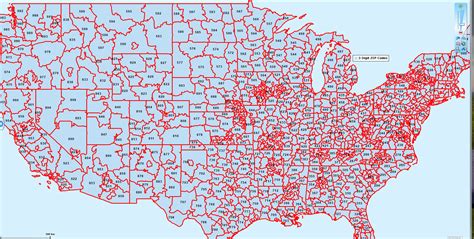
Zip Code Boundaries
When it comes to understanding zip code boundaries, it’s important to recognize that these boundaries are not arbitrary. They are specifically defined by the United States Postal Service (USPS) in order to efficiently and accurately deliver mail to different geographic areas. Each zip code represents a specific area, and the boundaries are carefully determined to ensure that mail is delivered to the correct destinations.
These boundaries are typically defined based on geographic features such as streets, rivers, and other natural or man-made landmarks. In some cases, zip code boundaries may also align with political or administrative divisions, such as city or county lines. This makes it easier for postal workers to sort and deliver mail, as well as for businesses and individuals to determine which zip codes apply to their location.
It’s important to note that zip code boundaries can change over time, as population shifts, urban development, and other factors may necessitate adjustments to ensure efficient mail delivery. This is why it’s important for individuals and businesses to stay informed about the boundaries of zip codes that apply to their area, as changes could affect mail delivery and other postal services.
- Boundary 1
- Boundary 2
- Boundary 3
Understanding zip code boundaries is essential for anyone who relies on the postal system for mail and package delivery. By knowing the specific boundaries that apply to their location, individuals and businesses can ensure that their mail is delivered accurately and efficiently. Additionally, staying informed about any changes to these boundaries can help avoid potential issues with mail delivery in the future.
| Zip Code | Boundaries |
| 75001 | Boundary 1 |
| 75002 | Boundary 2 |
| 75003 | Boundary 3 |
Zip Code Maps
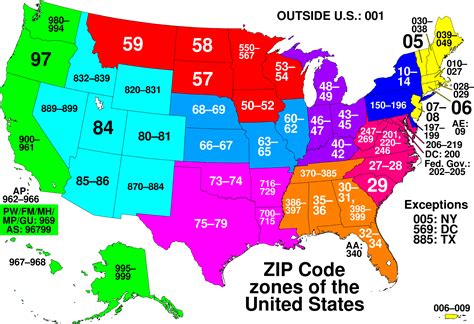
Zip Code maps are an essential tool for anyone looking to understand the geographic distribution of zip codes within a specific area. These maps provide a visual representation of the boundaries and locations of each zip code, allowing individuals to easily identify the areas each code covers.
Using Zip Code maps, individuals can quickly locate a specific zip code and determine its precise boundaries. Whether you are a business owner looking to target a specific market or a resident trying to understand the layout of your city, Zip Code maps offer a comprehensive and easy-to-use resource for this information.
Additionally, Zip Code maps can be used to analyze demographic and population data, providing valuable insights into the distribution of certain groups within a given area. This allows for targeted marketing efforts or the implementation of specific community initiatives.
Whether it’s for business or personal use, having access to accurate and up-to-date Zip Code maps can be an invaluable resource for anyone looking to navigate and understand the complexities of zip code boundaries.
Zip Code Population Data
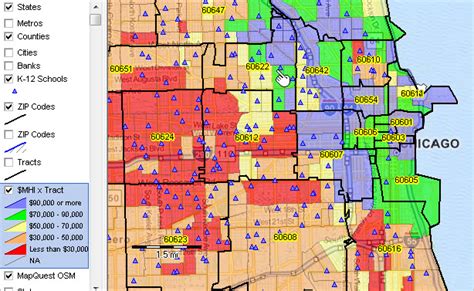
When it comes to understanding a specific area’s population, zip code population data can be a valuable resource. Zip codes are not just a way to sort and deliver mail, but they also provide valuable insight into the demographics and population density of a particular area.
Zip code population data can be used by businesses to target their marketing efforts to specific areas based on the population and demographics. It can also be used by government agencies to allocate resources and plan for infrastructure based on the population density of different zip codes.
By analyzing zip code population data, researchers and policymakers can gain a better understanding of the distribution of different demographic groups within a region. This information can be used to address social, economic, and health disparities by targeting interventions and resources to areas with the highest need.
Obtaining accurate and up-to-date zip code population data is crucial for making informed decisions in a variety of fields, from urban planning to public health. Organizations and individuals can access this data through census reports, surveys, and other public records to gain a deeper understanding of the population dynamics within different zip codes.
Finding Zip Codes Online
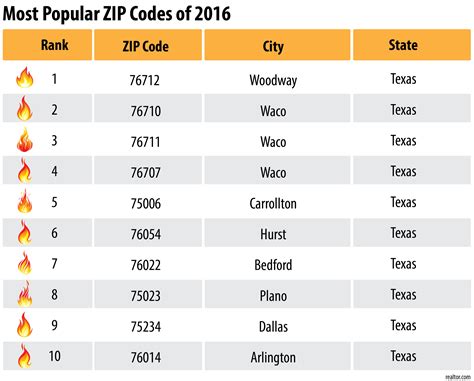
Looking for zip codes online can be an easy and convenient way to find the postal code for a specific area. There are numerous websites and tools available that can help you quickly find the zip code you need.
One of the most popular and reliable options for finding zip codes online is the official website of the United States Postal Service (USPS). Their website offers a user-friendly search tool that allows you to simply enter the address or city name, and it will provide you with the correct zip code.
Another useful resource for finding zip codes online is through various third-party websites and apps. These platforms often offer additional features such as zip code maps, population data, and boundary information, making it even easier to locate the zip code you are looking for.
Additionally, many search engines also have built-in zip code lookup features. By simply typing the address or location into the search bar, you can easily find the corresponding zip code without having to navigate to a specific website.
Overall, utilizing the internet to find zip codes is a quick and efficient method for obtaining accurate postal information, whether you are sending mail, ordering online, or simply in need of location details.
Frequently Asked Questions

What are some of the zip codes in Dallas, Texas?
Some of the zip codes in Dallas, Texas include 75201, 75202, 75203, 75204, 75205, 75206, 75207, 75208, 75209, 75210, 75211, 75212, 75214, 75215, 75216, 75217, 75218, 75219, 75220, 75223, 75224, 75225, 75226, 75227, 75228, 75229, 75230, 75231, 75232, 75233, 75234, 75235, 75236, 75237, 75238, 75240, 75241, 75243, 75244, 75246, 75247, 75248, 75249, 75251, 75252, 75253, 75254, 75270, 75287, 75390
What are some popular areas in Dallas, Texas with their zip codes?
Some popular areas in Dallas, Texas along with their zip codes are Downtown Dallas (75201), Uptown Dallas (75204), Oak Cliff (75211, 75224), Deep Ellum (75226), Highland Park (75205), and others.
What services can I use to find a specific zip code in Dallas, Texas?
You can use online zip code lookup tools or websites such as USPS Zip Code Lookup, Zip-Codes.com, or the official City of Dallas website to find a specific zip code in Dallas, Texas.
How do I know if a zip code is within the city limits of Dallas, Texas?
You can check with the official City of Dallas website or use mapping tools like Google Maps to confirm if a specific zip code falls within the city limits of Dallas, Texas.
Are there any zip codes in Dallas, Texas that are known for specific landmarks or attractions?
Yes, for example, the zip code 75204 in Uptown Dallas is known for its dining and nightlife scene, while zip code 75219 includes the vibrant Oak Lawn and Design District areas with shopping and entertainment options.
Can I use the same zip code for different cities in Texas?
No, each city, town, or area in Texas has its own unique zip codes, so you cannot use the same zip code for different cities within the state.
How do zip codes in Dallas, Texas help with mail delivery and location identification?
Zip codes play a crucial role in mail delivery and help postal services efficiently route and deliver mail to specific addresses. They also assist in locating and organizing areas within Dallas, Texas for various purposes.

